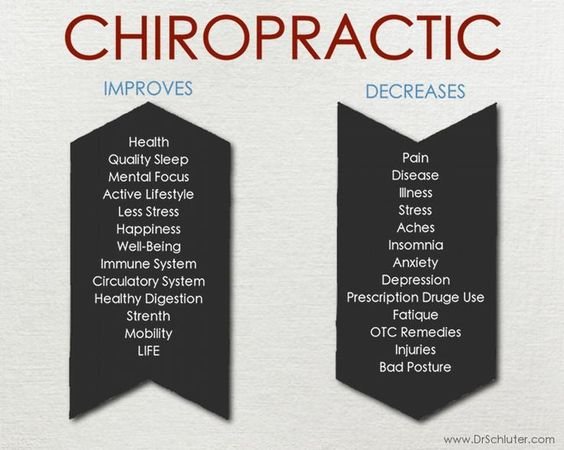The Relationship In Between Stance And Neck And Back Pain: Techniques For Preserving Correct Positioning During The Day
The Relationship In Between Stance And Neck And Back Pain: Techniques For Preserving Correct Positioning During The Day
Blog Article
Writer-Salisbury McIntyre
Preserving correct stance isn't just about sitting up directly; it has to do with straightening your body in such a way that supports your back and decreases the danger of back pain. The means you rest, stand, and relocate throughout the day can dramatically impact your spinal health and wellness. Yet just how specifically can you make certain good alignment consistently, even throughout hectic days loaded with numerous tasks? Allow's dig deeper into the refined yet impactful modifications you can make to your daily routine to keep your back delighted and healthy.
Significance of Appropriate Position
Appropriate pose is vital in maintaining a healthy back and avoiding discomfort. When you sit or stand with great pose, your spine is in placement, decreasing stress on your muscles, ligaments, and joints. This placement allows the body to disperse weight evenly, avoiding too much anxiety on particular locations that can cause pain and pain. By keeping your back effectively lined up, you can likewise boost your breathing and food digestion, as slouching can compress body organs and limit their performance.
In addition, maintaining great posture can enhance your overall appearance and confidence. When you stand tall with your shoulders back and head held high, you radiate confidence and show up more approachable. Good stance can also make you feel much more stimulated and sharp, as it promotes correct blood circulation and allows your muscle mass to function effectively.
Integrating proper position right into your daily routine, whether sitting at a workdesk, walking, or exercising, is important for avoiding back pain and promoting overall wellness. Keep in mind, a small change in exactly how you hold yourself can make a substantial difference in how you feel and operate throughout the day.
Common Postural Mistakes
When it comes to preserving good position, many individuals unconsciously make common mistakes that can add to pain in the back and pain. One of the most widespread mistakes is slouching or stooping over while resting or standing. This placement places too much strain on the back and can bring about muscle imbalances and discomfort in the long run.
Another typical mistake is overarching the reduced back, which can flatten the all-natural curve of the back and create pain. Furthermore, going across legs while sitting might really feel comfortable, yet it can create a discrepancy in the hips and pelvis, causing postural problems.
Making click for source of a cushion that's as well soft or as well solid while resting can also influence your alignment and contribute to neck and back pain. Last but not least, continuously craning your neck to consider displays or readjusting your position regularly can strain the neck and shoulders. Bearing in mind these typical postural mistakes can help you maintain much better positioning and decrease the threat of neck and back pain.
Tips for Correcting Positioning
To enhance your positioning and minimize neck and back pain, it's essential to concentrate on making small modifications throughout your everyday regimen. Begin by bearing in mind your pose. When resting, ensure your feet are flat on the floor, your back is straight, and your shoulders are unwinded. Avoid slouching or leaning to one side. Use ergonomic chairs or cushions to support your lower back.
When standing, distribute your weight equally on both feet, maintain your knees slightly curved, and tuck in your pelvis. Involve https://is-a-chiropractic-a-docto16172.blogadvize.com/39288180/you-might-be-amazed-to-find-out-that-many-misconceptions-about-chiropractic-treatment-come-from-an-absence-of-understanding-find-the-fact-behind-these-misconceptions to sustain your spine. Take breaks to extend and walk if you have a less active work. Integrate exercises that strengthen your core and back muscles, such as slabs or bridges.
While sleeping, use a cushion that sustains the all-natural curve of your neck to keep appropriate spinal alignment. Avoid sleeping on your tummy, as it can stress your neck and back. By bearing in mind these tips and making small modifications, you can gradually remedy your alignment and relieve pain in the back.
Conclusion
Bear in mind, preserving good position is crucial to stop pain in the back and promoting spine wellness. By being mindful of your placement, dispersing weight uniformly, and engaging your core muscular tissues, you can reduce stress on your back and minimize the threat of discomfort and injury. Integrate ergonomic assistance, take routine breaks to extend, and strengthen your core and back muscular tissues to preserve appropriate placement throughout the day. Your back will thank you for it!
